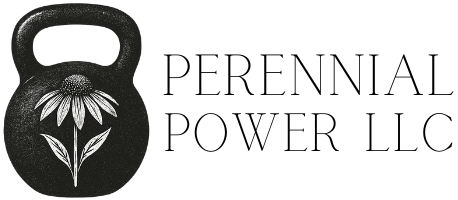Why Resistance Training Matters in Peri- and Post-Menopause
For many women, midlife brings a confusing mix of body changes—weight shifts, fatigue, joint pain, hot flashes, disrupted sleep, or a sense that workouts just don’t “work” the way they used to. If that sounds familiar, you’re not doing anything wrong. Your physiology is simply changing.
And those changes make strength—or resistance—training one of the most powerful tools you can use to support your body through this transition.
During perimenopause and menopause, estrogen and progesterone levels fluctuate and eventually decline. Those hormones aren’t just about reproduction; they affect nearly every tissue in the body, including muscle and bone. Estrogen plays a protective role in maintaining lean mass and bone density, so as it drops, women begin losing both more quickly. Without intervention, that can mean slower metabolism, reduced strength, and higher risk of osteoporosis or injury.
Resistance training directly counters that. When you load your muscles—whether that’s with dumbbells, resistance bands, or even your own body weight—you stimulate muscle fibers to grow and bones to remodel and strengthen. In other words, you send your body the message: keep these tissues strong, we still need them.
The benefits extend far beyond strength. Research consistently shows that resistance training:
- Improves insulin sensitivity and blood sugar regulation.
- Supports heart health by improving blood pressure and cholesterol profiles.
- Boosts mood, reduces anxiety, and improves cognitive function through increases in BDNF (a protein linked to brain health).
- Enhances balance, coordination, and confidence in movement—critical for preventing falls and injuries as we age.
- Can even reduce the frequency and severity of hot flashes and improve sleep quality when practiced regularly.
It’s important to note: “resistance training” doesn’t have to mean Olympic lifting or gym intimidation. It can be as simple as progressive bodyweight exercises, resistance bands at home, or lifting weights twice a week. The key is progressive overload—gradually challenging your muscles over time.
For women navigating perimenopause and beyond, strength training isn’t about chasing a number on the scale. It’s about keeping your body responsive, adaptable, and resilient so you can move through the next decades of life feeling capable and strong.
If you’re ready to explore what strength training can look like for you, I’d love to help. Learn more about my coaching services and find an option that fits your goals and lifestyle.
